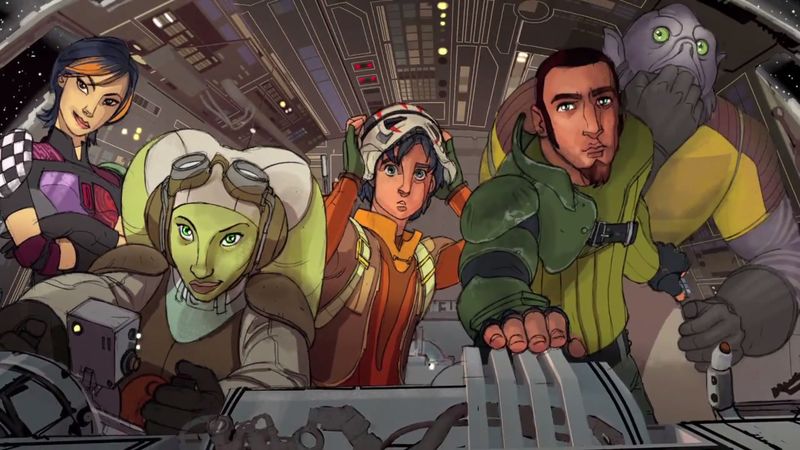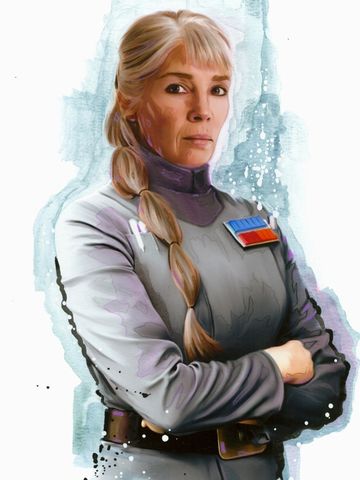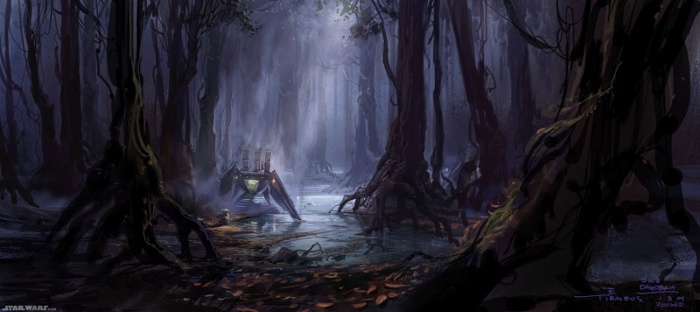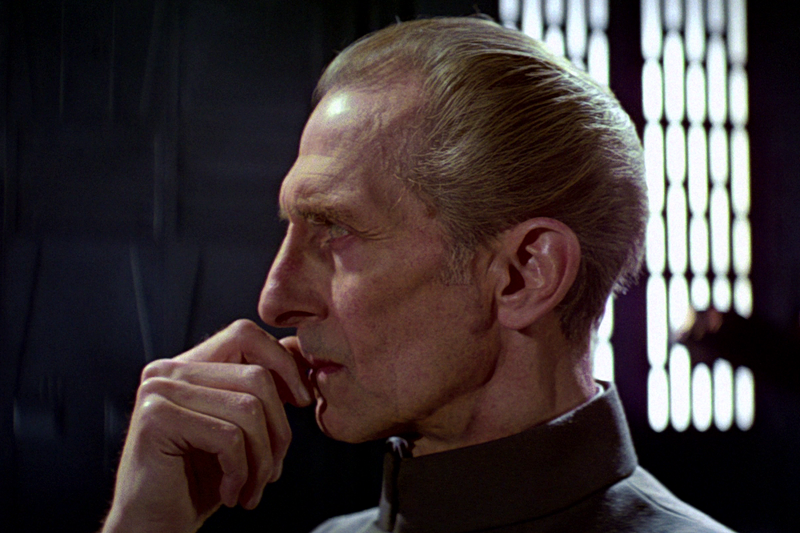
As more and more information has been revealed about the upcoming TV show Star Wars: Rebels, including a couple of recent teaser trailers, a fissure has opened in the fandom. Just like The Clone Wars before it, the prospect of an animated series oriented toward a younger audience has a polarizing effect on most fans. A sampling of YouTube comments on the recently released teasers (not usually a healthy practice) shows a clear divide, with some voices praising the return of beloved elements like TIE fighters and stormtroopers, while others complain about the prospect of a teenaged character in one of the lead roles, already decrying the show as looking worse than TCW.
Of course, all of this is speculative and uninformed, since as of the writing of this article, the show is still several months away from airing. We know almost nothing about what the plot or arc of the show will be, and nothing about any of the cast aside from three character profiles and leaked pictures of toys. All we know for sure is who will be working on the show behind the scenes: Dave Filoni, who headed up The Clone Wars after Henry Gilroy departed in season 2, Simon Kinberg, writer of X-Men: First Class who is involved with the story of both Rebels and (according to rumors) the live-action movies looming on the horizon, and Greg Weisman, writer and producer of numerous lauded and praised cartoons over the years.
Read More
 Recently on the Imperial Court Circular, we’ve discussed
Recently on the Imperial Court Circular, we’ve discussed 
 There’s a theory that Star Wars is a simple story of good guys and bad guys, in which the heroic, idealistic Rebels, overthrow the evil, oppressive Empire.
There’s a theory that Star Wars is a simple story of good guys and bad guys, in which the heroic, idealistic Rebels, overthrow the evil, oppressive Empire.